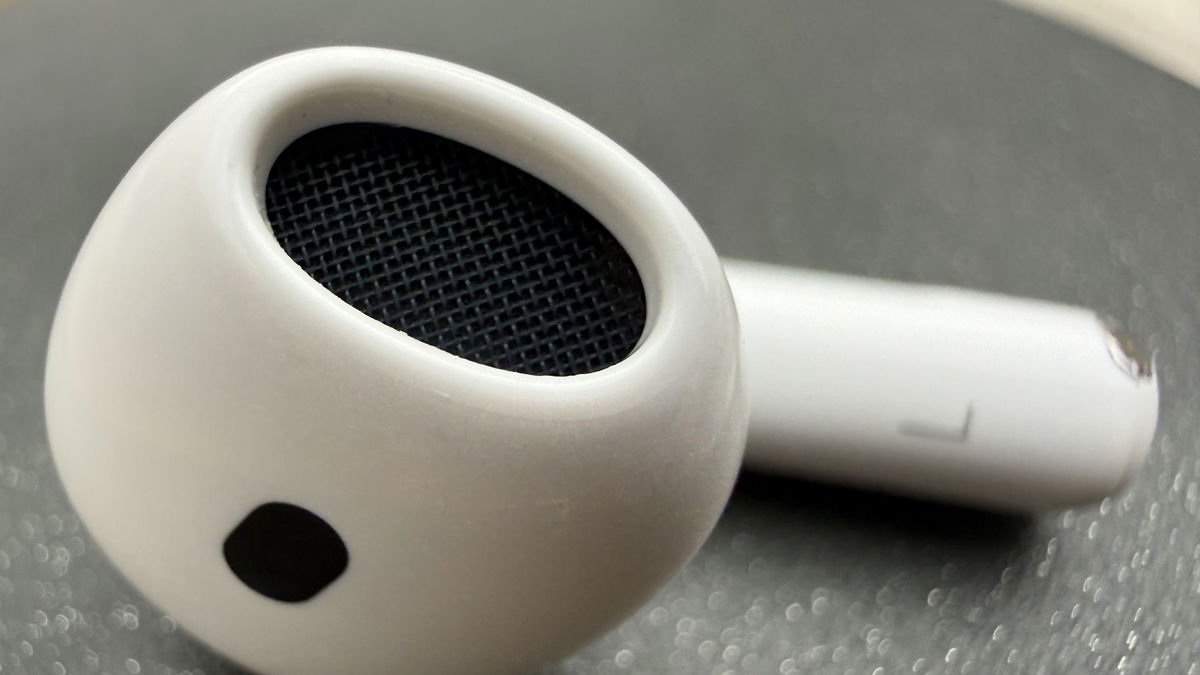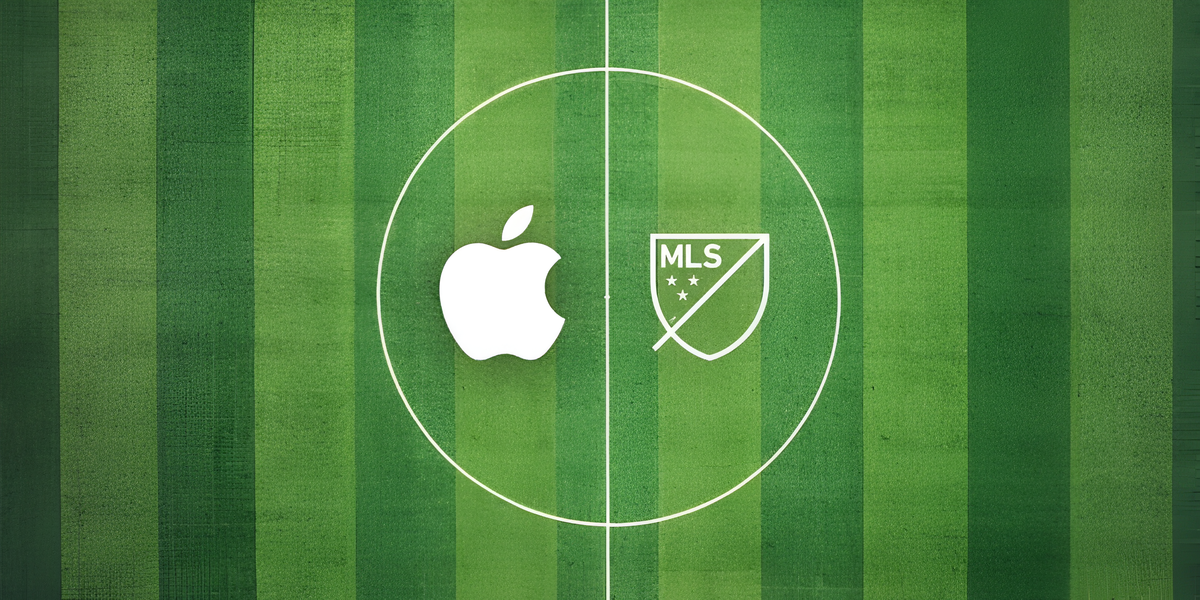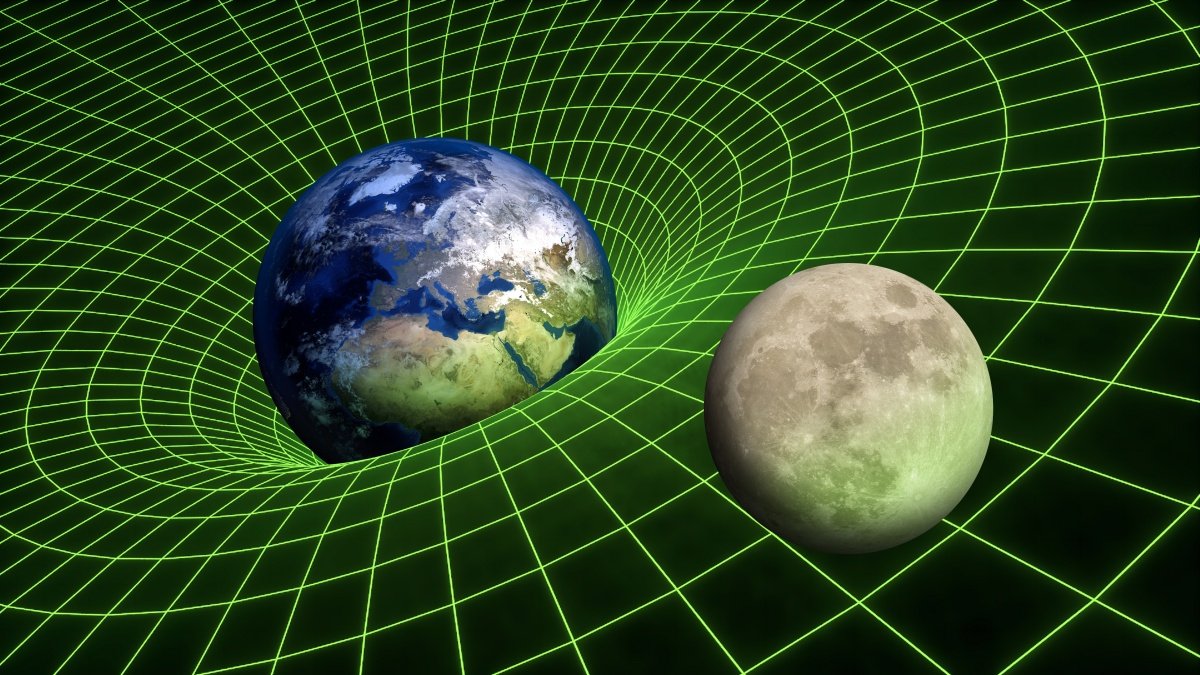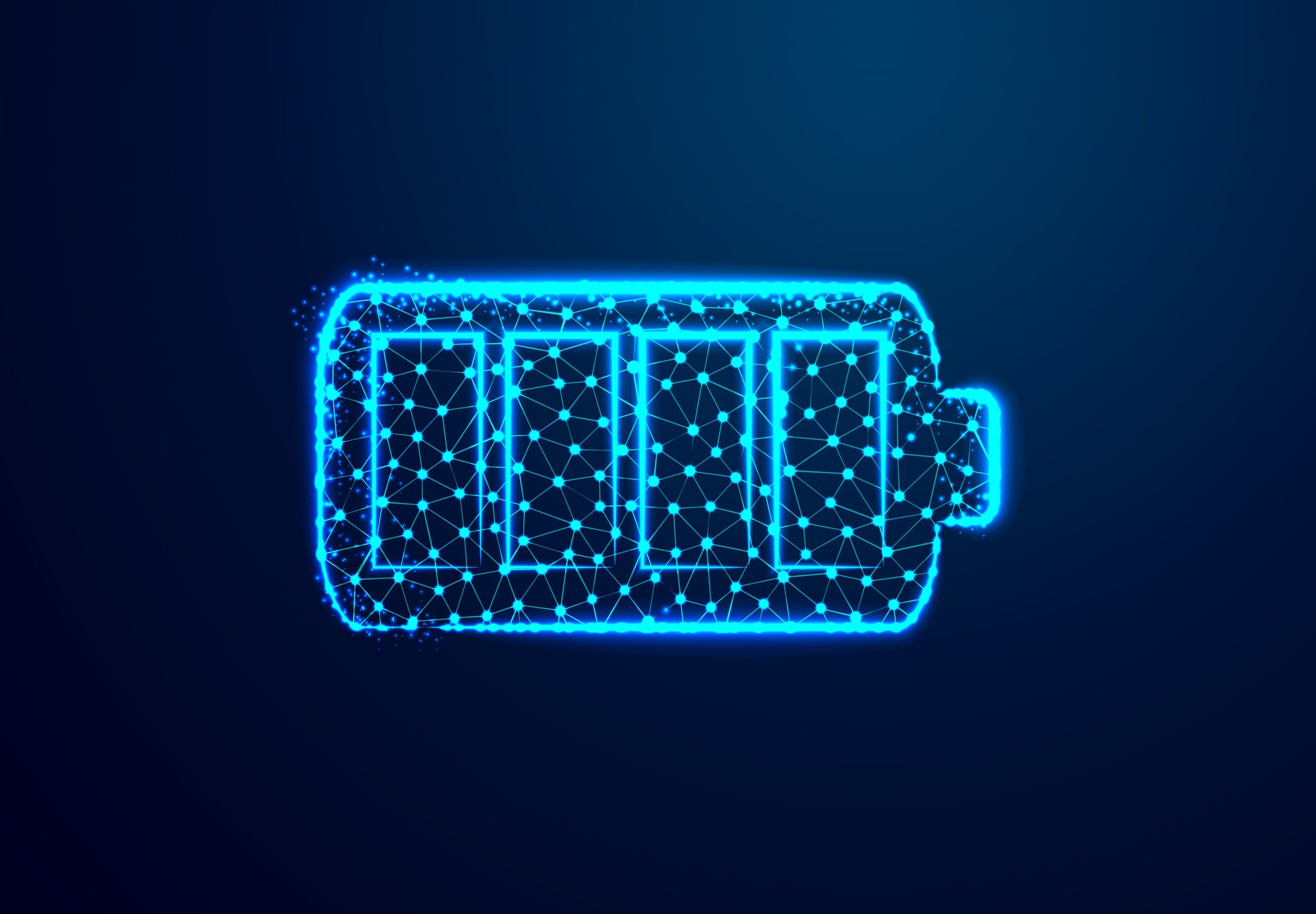If you drop a feather and a bowling ball from the same height, which one will reach the ground first? If you remember your physics class, you probably know the answer: both come at the same time. This is the principle of equivalence, or the universality of free fall, that Albert Einstein envisioned more than a century ago in his General Theory of Relativity. Now, this principle has been confirmed once again with record accuracy from space.
The results showed that objects, regardless of their composition or mass, fall into a vacuum with the same acceleration.
How was the experiment done?
An international group of scientists used the MICROSCOPE satellite from the French National Center for Space Research (CNES), equipped with state-of-the-art accelerometers.
The satellite can achieve ultra-precise control of its orbit and compensate for residual atmospheric friction at levels never achieved in low Earth orbit.
At the center of this moon is a thermal cocoon with stability better than one millionth of a degree. And the tests were done here.
Since orbit is equivalent to falling when gravity is involved, the masses inside the cocoon were essentially kept in a stable free fall state.
The measurements compared the “free fall” of two different materials, platinum and titanium, over the course of 1642 revolutions around the Earth – namely: 73 million kilometers – equivalent to half the distance from the Earth to the Sun.
A highly sensitive electrical sensor measured the amount of voltage needed to hold each object motionless. If one accelerated faster than the other, it would need a higher voltage to hold it in place – which it didn’t.
As expected, the acceleration rates of the two objects remained the same throughout the experiment. The analysis was published in two physics journals: Classical and Quantum Gravity and Physical Review Letters.
According to CNES, in a mission statement, testing the equivalence principle is equivalent to testing the foundations of all theories of gravity and alternatives to relativity. For now, Einstein continues to take the trophy. You can test it there.
Matter: Physical Review Letters – https://doi.org/10.1103/PhysRevLett.129.121102.
Source: Tec Mundo
I am Bret Jackson, a professional journalist and author for Gadget Onus, where I specialize in writing about the gaming industry. With over 6 years of experience in my field, I have built up an extensive portfolio that ranges from reviews to interviews with top figures within the industry. My work has been featured on various news sites, providing readers with insightful analysis regarding the current state of gaming culture.












